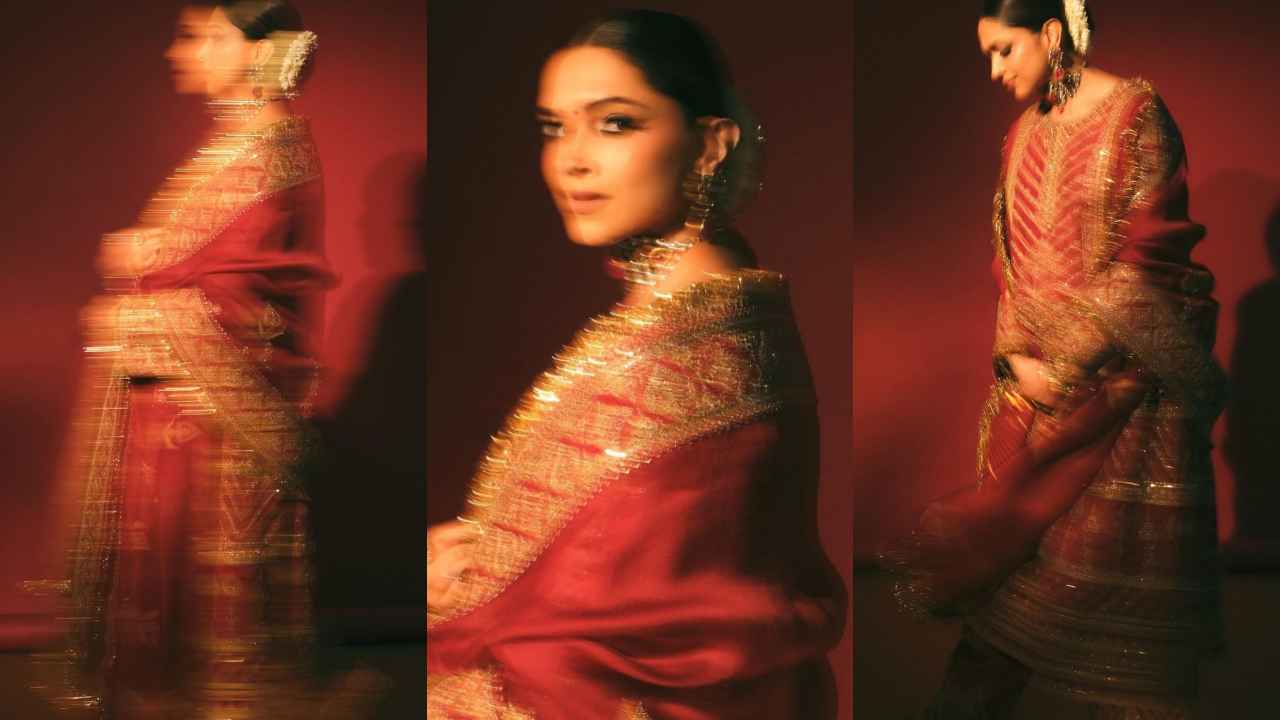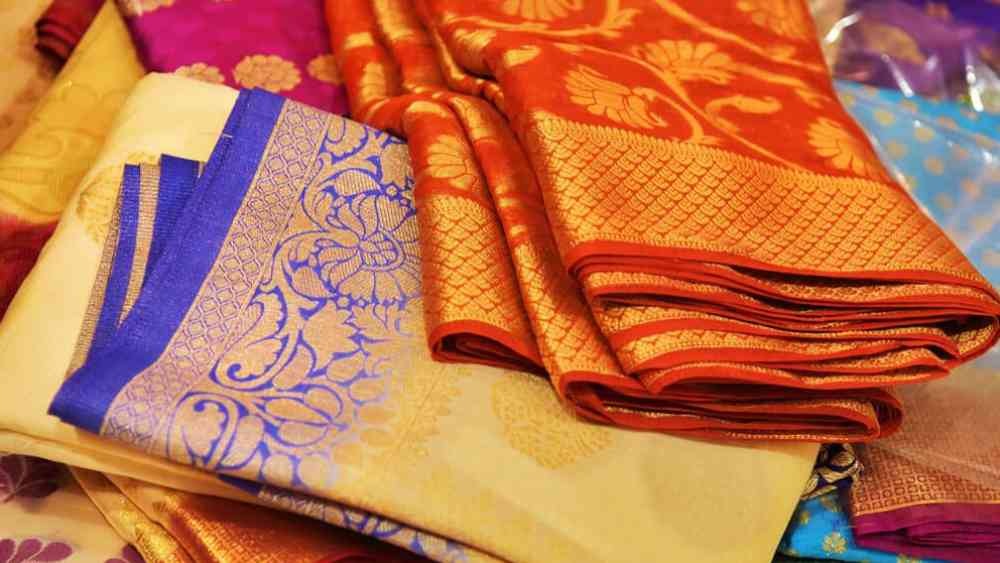In the ever-evolving world of fashion, one garment has stood the test of time, symbolizing both tradition and style—the saree. Worn for centuries by women in South Asia, the saree remains a quintessential part of the region’s cultural identity, while also transcending borders to make waves on global fashion runways.
A Garment Steeped in Tradition
The saree is much more than just a piece of clothing. It is a cultural artifact that carries within it the history, artistry, and regional diversity of South Asia. Worn primarily in countries like India, Bangladesh, Sri Lanka, and Nepal, the saree has its roots in ancient times. It is believed to have been worn as far back as 2800–1800 BCE during the Indus Valley Civilization.
Traditionally, the saree consists of an unstitched piece of fabric, usually around 5 to 9 yards long, that is draped elegantly around the body. The draping style varies from region to region, each carrying its own unique charm and cultural significance. In Bengal, the ‘Aatpoure’ drape showcases a more traditional, modest look, while the ‘Nivi’ drape of South India emphasizes a sleek and structured form.
Evolution Meets Modernity
Despite its ancient roots, the saree has evolved to suit contemporary tastes. Today, fashion designers are reinventing this timeless garment by experimenting with fabrics, patterns, and styles. Lightweight fabrics like chiffon and georgette have become popular choices for modern wearers, offering comfort without compromising on elegance. Bold prints, vibrant colors, and intricate embroidery add a modern twist to the classic attire.
Celebrities and influencers around the world have also embraced the saree as a versatile fashion statement. Bollywood stars such as Deepika Padukone and Priyanka Chopra, as well as international figures like Naomi Campbell, have been spotted donning sarees, sparking renewed global interest in the garment.
A Symbol of Empowerment
For many women, the saree is not just a symbol of cultural pride but also a source of empowerment. Wearing a saree allows women to connect with their roots while expressing their individuality. The versatility of the garment makes it suitable for various occasions, from everyday wear to grand celebrations like weddings and festivals.
Moreover, in recent years, the saree has become a canvas for artisans and weavers, many of whom are women, to showcase their skills. Handloom sarees, particularly from regions like Banaras, Dhaka, and Kanchipuram, are highly sought after for their craftsmanship and intricate designs, providing livelihood opportunities for many rural communities.
Sustainability and the Future of the Saree
As the fashion industry turns its focus toward sustainability, the saree stands out as an eco-friendly alternative to fast fashion. Handwoven sarees, made from natural fibers like cotton and silk, offer a sustainable and ethical option for conscious consumers. The fact that a saree can be passed down through generations adds to its appeal as a lasting, cherished item.
The future of the saree looks bright as it continues to balance tradition with modernity. Whether worn for a cultural event or styled as high fashion, the saree will always be a symbol of grace, elegance, and resilience.






